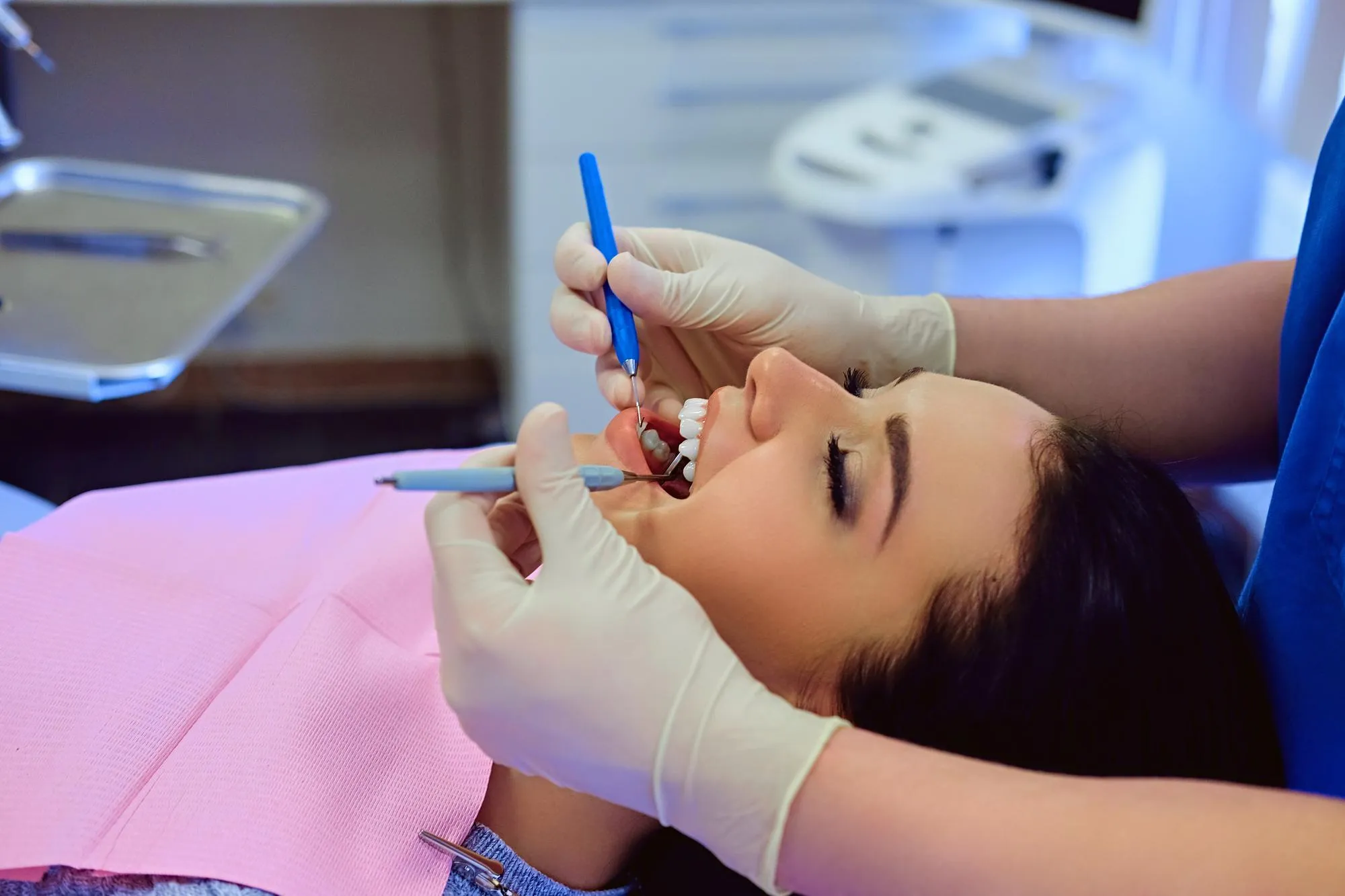An orthodontic needs assessment is essential to identify unmet healthcare requirements within a population, inform service provision, and ensure that limited NHS resources are allocated efficiently. In recent years, significant attention has been directed towards understanding the challenges and opportunities associated with conducting such assessments within England’s National Health Service (NHS). This led to a noteworthy publication in the Journal of Orthodontics in June 2019 by Richard John Cure from the University of Warwick, discussing the experiences and difficulties faced during orthodontic needs assessments within the NHS (DOI: 10.1177/1465312519842877).
Understanding Orthodontic Health Needs Assessment Within the NHS
The primary goal of orthodontic needs assessment is to evaluate the misalignment of teeth and jaws, which can impact an individual’s ability to chew, speak, and maintain proper oral hygiene, besides influencing self-esteem and social interactions. The process encapsulates evaluating normative, perceived, and expressed needs. However, according to Cure’s review, existing methodologies may not accurately capture the current orthodontic needs due to evolving societal and personal preferences, an observation that echoes the dynamic nature of healthcare needs recognized in the NHS Five Year Forward View (2014).
Challenges Encountered in Orthodontic Assessments
Cure identifies several challenges that obstruct effective orthodontic needs assessments. One such issue is the lack of comprehensive and comparable datasets between primary and secondary care providers, which complicates the establishment of a clear and universal understanding of orthodontic needs. Additionally, the reliance on instruments that might not reflect the changing social paradigms, particularly the influence of social media on aesthetics and perception of self, is deemed insufficient.
Moreover, the review points out the absence of an index for assessing the psychological need or the emotional and social benefits of orthodontic treatment, despite evidence indicating moderate improvements in these aspects post-treatment. Such emotional and social wellbeing improvements ultimately contribute to the broader concept of oral health-related quality of life for adolescents and other affected groups.
Recommendations for Improving Orthodontic Needs Assessment
In light of these challenges, Cure offers several forward-thinking recommendations:
1. Establishment of Comprehensive Data Sets:
There’s a pressing need for the creation of inclusive data collections that align with both primary and secondary care providers to foster coherent orthodontic needs assessment.
2. Revised Measuring Tools:
The metrics used to determine normative needs must be reviewed considering an evolving society that is increasingly influenced by social media and its impact on self-perception and oral health awareness.
3. Electronic Referral Systems:
Implementing accurate electronic referral management systems could enable precise monitoring of orthodontic treatment provision across the NHS.
4. Further Research on Health Inequalities:
Additional studies should be undertaken to comprehend the health disparities associated with orthodontic care and examine how socioeconomic factors affect the need for and access to orthodontic treatments among diverse populations.
5. Understanding Treatment Uptake:
To bridge the gap between orthodontic needs and uptake, it’s essential to dive deeper into individuals’ decision-making processes that influence whether to pursue orthodontic treatments.
Implications for NHS Orthodontic Commissioning
The commissioning of NHS orthodontic services should be explicitly informed by the best evidence of need. The review suggests that there is an imminent necessity to adopt a holistic approach that goes beyond the traditional indices and integrates psychological assessments to evaluate the benefits of orthodontic treatment adequately.
Modern Developments and Technology in Orthodontic Assessments
Since the original article’s publication, advancements in information technology may facilitate some of Cure’s recommendations. The adoption of electronic health records (EHRs), interoperable data systems, and telehealth services could play a significant role in transforming orthodontic needs assessments, making them more responsive to current needs.
Conclusion
In conclusion, Cure’s work underscores the complexity of assessing orthodontic needs within the NHS. His suggestions for advancements in data collection and evaluation metrics, along with an emphasis on understanding the psychological benefits of orthodontic treatment, pave the way for improved orthodontic healthcare provision.
Keywords
1. Orthodontic Needs Assessment
2. NHS Orthodontic Services
3. Oral Health Quality of Life
4. Health Inequality in Orthodontics
5. Orthodontic Treatment Need Index
References
1. Cure, R.J. (2019). Experiences of the challenges of undertaking an orthodontic needs assessment within the National Health Service in England. _Journal of Orthodontics, 46_(2), 143-147. doi: 10.1177/1465312519842877
2. NHS England. (2014). NHS Five Year Forward View.
3. Kenealy, P.M., Kingdon, A., Richmond, S., & Shaw, W.C. (2007). The Cardiff Dental Study: A 20-year critical evaluation of the psychological health gain from orthodontic treatment. _British Journal of Health Psychology, 12_(Pt 1), 17-49.
4. Gifting, L.C., & Burell, L.H. (1997). Assessing the social/economic status of the patient’s family: Considerations for orthodontic practice. _American Journal of Orthodontics and Dentofacial Orthopedics, 111_(5), 518-524.
5. Sheats, R.D., McGorray, S.P., Musmar, Q., Wheeler, T.T., & King, G.J. (1998). An assessment tool for orthodontic referral from the general dentist to the orthodontist. _American Journal of Orthodontics and Dentofacial Orthopedics, 114_(4), 390-396.
